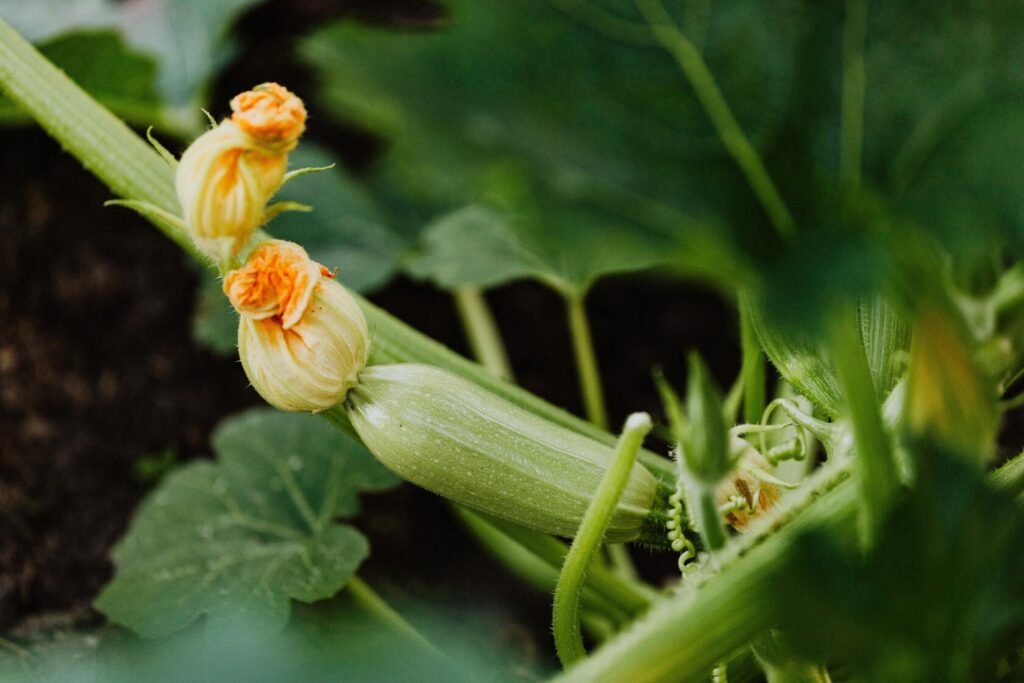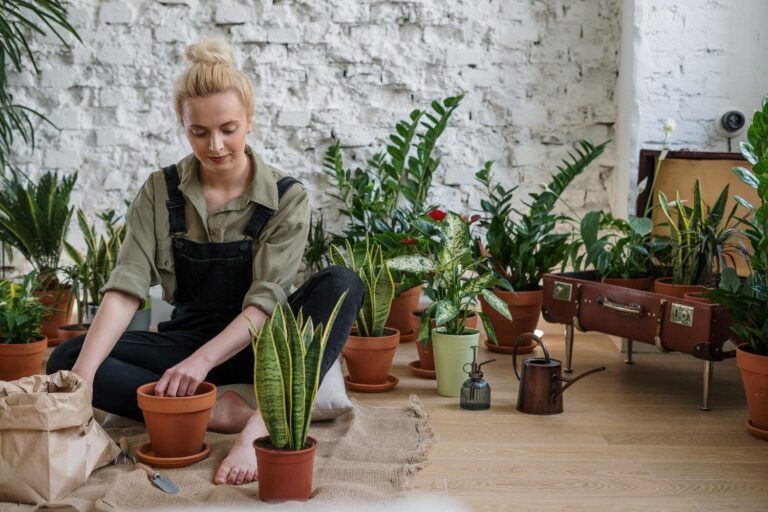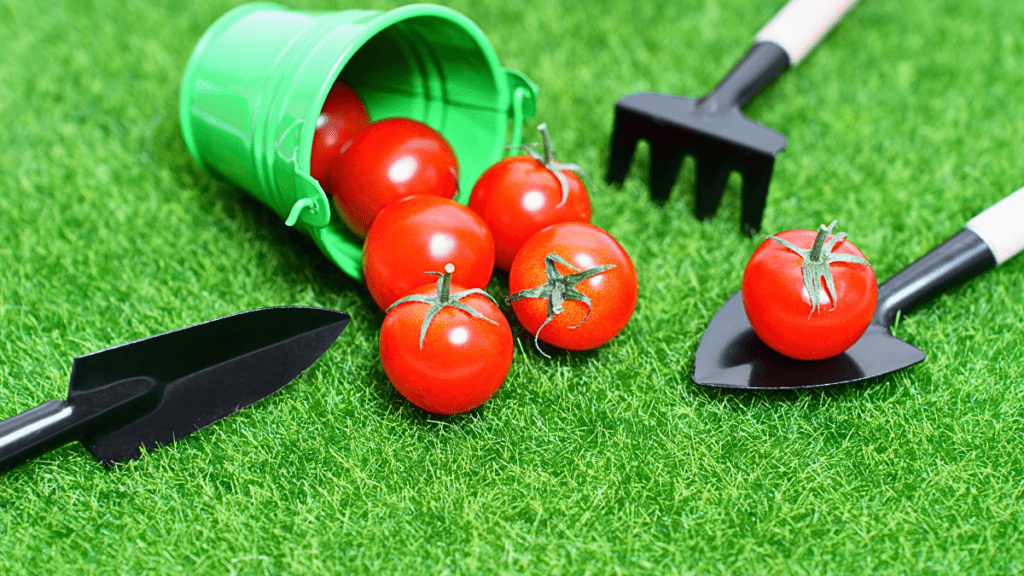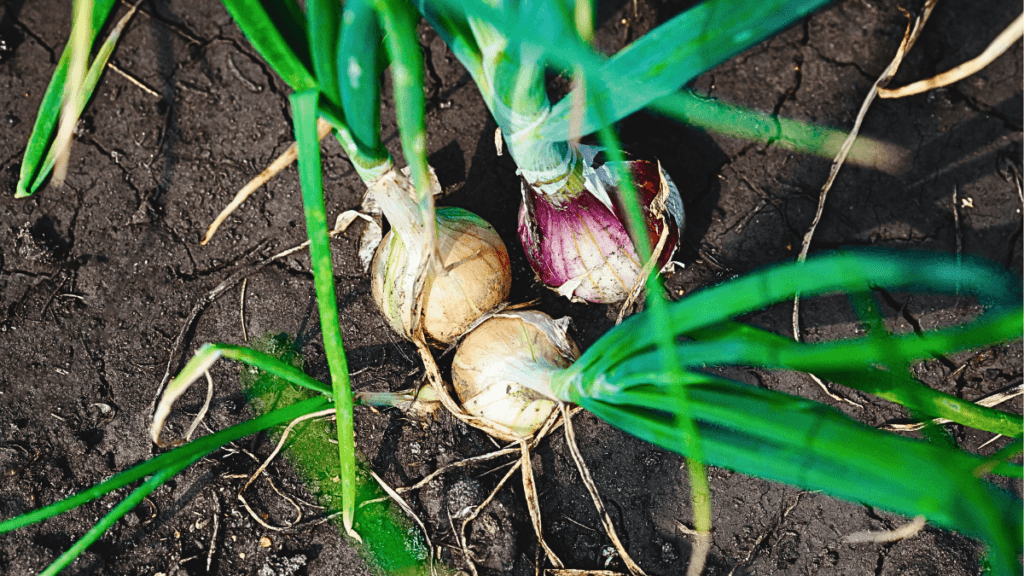Creating a garden specifically for skincare products is similar to growing a vegetable garden for people passionate about food. By growing your own plants, you have access to fresh and organic ingredients that you have cultivated from the seed to the plant. The journey from the garden to the kitchen is probably less than the distance travelled by supermarket herbs wrapped in plastic.
Aloe Vera for Skincare

Image via pexels.com
Aloe vera offers several benefits for skincare
- Aloe vera offers several benefits for skincare
- It moisturizes the skin and soothes skin irritation.
- Using Aloe vera Accelerates wound healing.
- Aloe vera Contains antioxidants which help protect the skin from oxidative stress caused by free radicals.
How to Grow Aloe Vera at Home
Choose a suitable location: Aloe vera requires plenty of sunlight, so select a spot where it can receive 6-8 hours of sunlight per day.
Use well-draining soil: Aloe vera prefers sandy or loamy soil that allows excess water to drain out quickly. Adding some organic matter, like compost, can improve the soil’s fertility.
Water correctly: Aloe vera is a succulent and can tolerate drought conditions. Water your plant deeply but infrequently, allowing the soil to dry out between waterings.
Avoid overwatering: Excess moisture can cause root rot in aloe vera. Ensure that the pot or planting area has adequate drainage to prevent water from pooling.
Harvest aloe vera leaves: When the plant reaches a mature size, you can harvest the outer leaves. Cut them close to the stem and collect the gel-like substance inside the leaves.
Pumpkin

Image via pexels.com
Benefits of Pumpkin for skincare
- Pumpkin pulp is high in anti-aging antioxidants, vitamins, minerals, fatty acids, and alpha hydroxy acids.
- It also removes dead skin cells and reduces the appearance of dark spots
How to Grow Pumpkin at Home
Choose the right pumpkin variety and Prepare the soil: Look for a variety that is specifically suitable for skincare, such as the “Sugar Pie” or “Baby Pam” varieties. Pumpkins require well-draining soil, rich in organic matter. Choose a sunny spot in your garden or use a large container if space is limited.
Planting the seeds: Plant the seeds about 1-2 inches deep and space them about 2-3 feet apart.
Watering and fertilizing: Pumpkins need regular watering, especially during dry periods. Fertilize every few weeks with a balanced organic fertilizer to provide essential nutrients.
Support the vines: As the pumpkin plants grow, they will produce long vines that may require support.
Pest and disease control: Monitor your pumpkin plants for any signs of pests or diseases, such as aphids or powdery mildew. Use organic pest control methods or consult a local gardening expert for recommendations.
Calendula Flowers

Image via pexels.com
Benefits of Calendula Flowers for skincare
- Calendula has anti-inflammatory and soothing properties, making it beneficial for irritated, inflamed, or sensitive skin.
- It also helps in reducing signs of aging and promoting a healthy complexion
How to Grow Calendula Flowers at Home
Choose the right variety: Calendula officinalis is the most common variety of calendula used in skincare. Look for seeds or seedlings of this variety.
Select a location: Calendula thrives in full sun but can also tolerate partial shade. Choose a location in your garden or balcony with well-draining soil.
Soil preparation: Calendula prefers moist, loamy soil. Prepare the soil by removing weeds and adding compost or organic matter to improve fertility and drainage.
Planting: If you are starting from seeds, plant them directly in the garden after the last frost has passed.If you prefer, you can also start seeds indoors a few weeks before the last frost and transplant them outside once they have developed a few sets of true leaves.
Watering: Keep the soil evenly moist, but avoid overwatering, as calendula does not tolerate soggy soil. Water deeply when the top inch of soil feels dry.
Fertilization: Calendula is not a heavy feeder, but you can provide a balanced, organic fertilizer every few weeks to promote healthy growth.
Pest and disease control: Calendula is generally resistant to pests and diseases. However, keep an eye out for aphids, snails, and slugs. If necessary, use organic pest control methods to address any issues.
More information about How to grow Calendula






